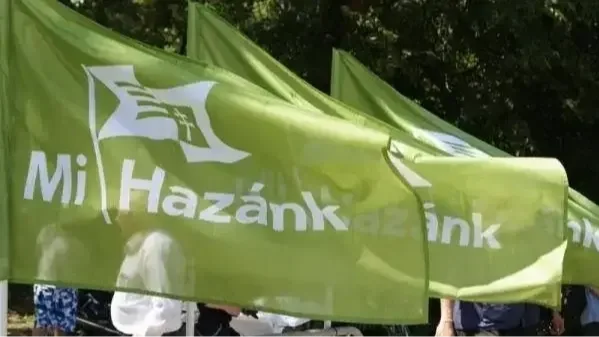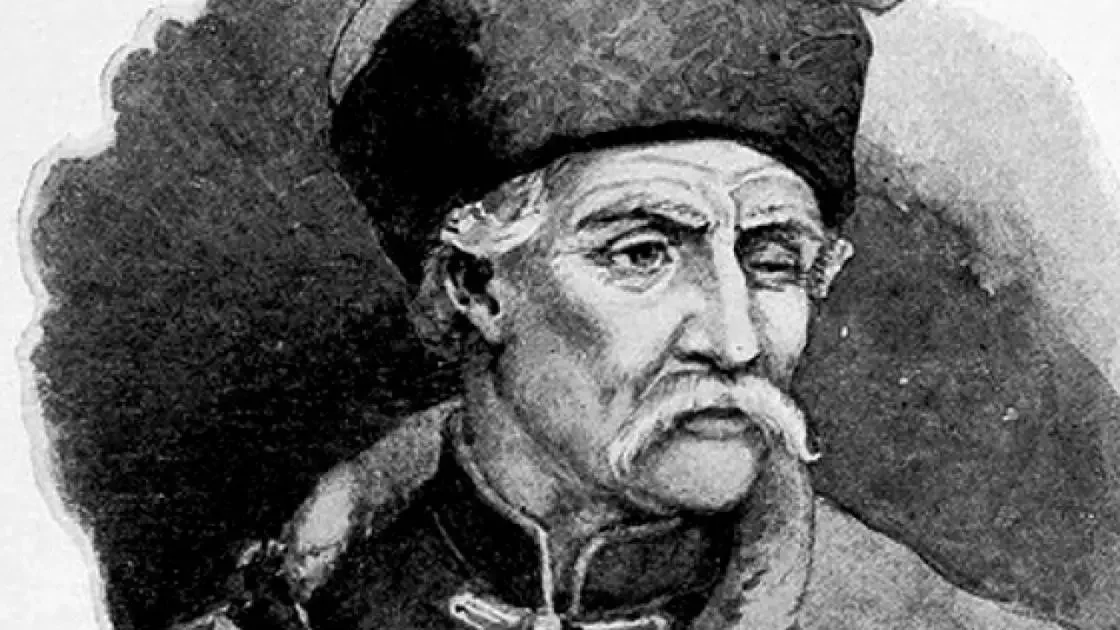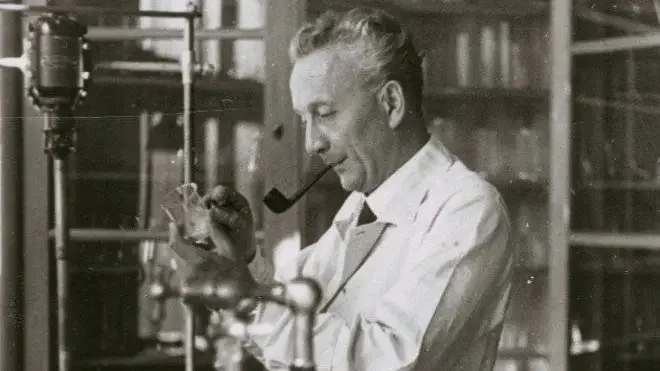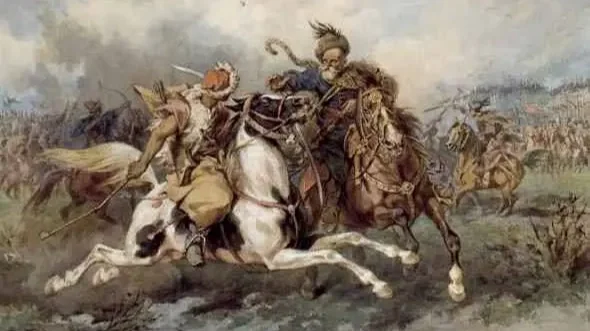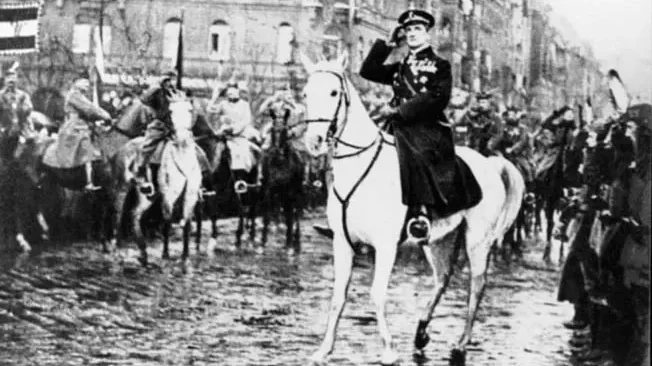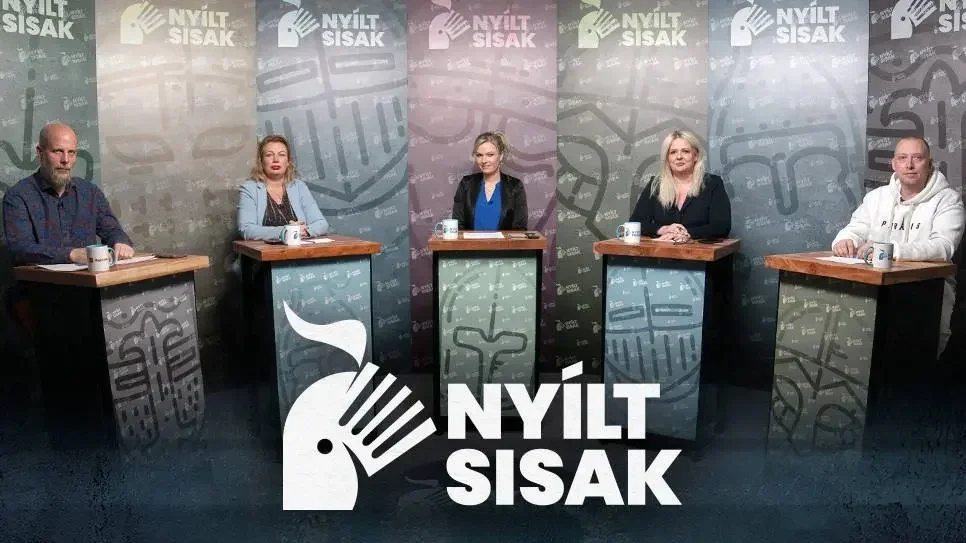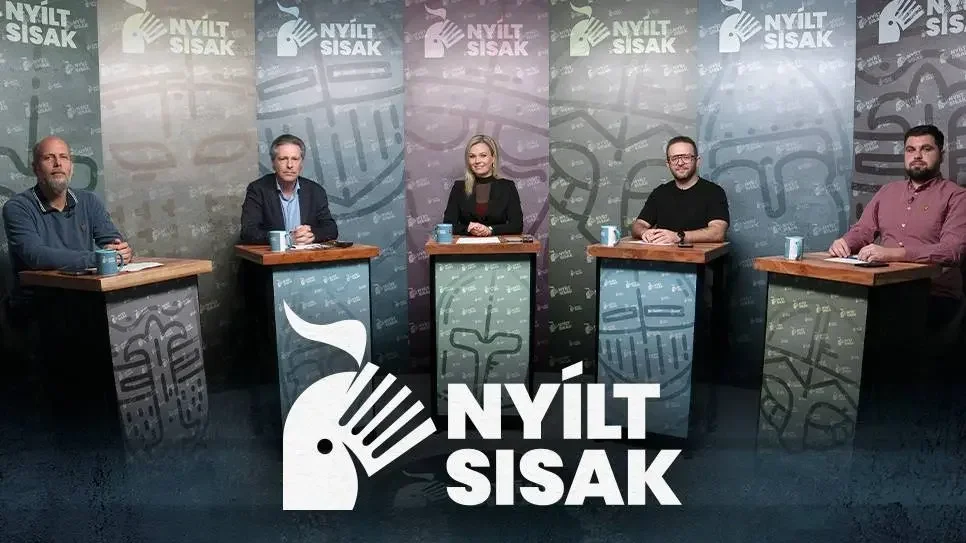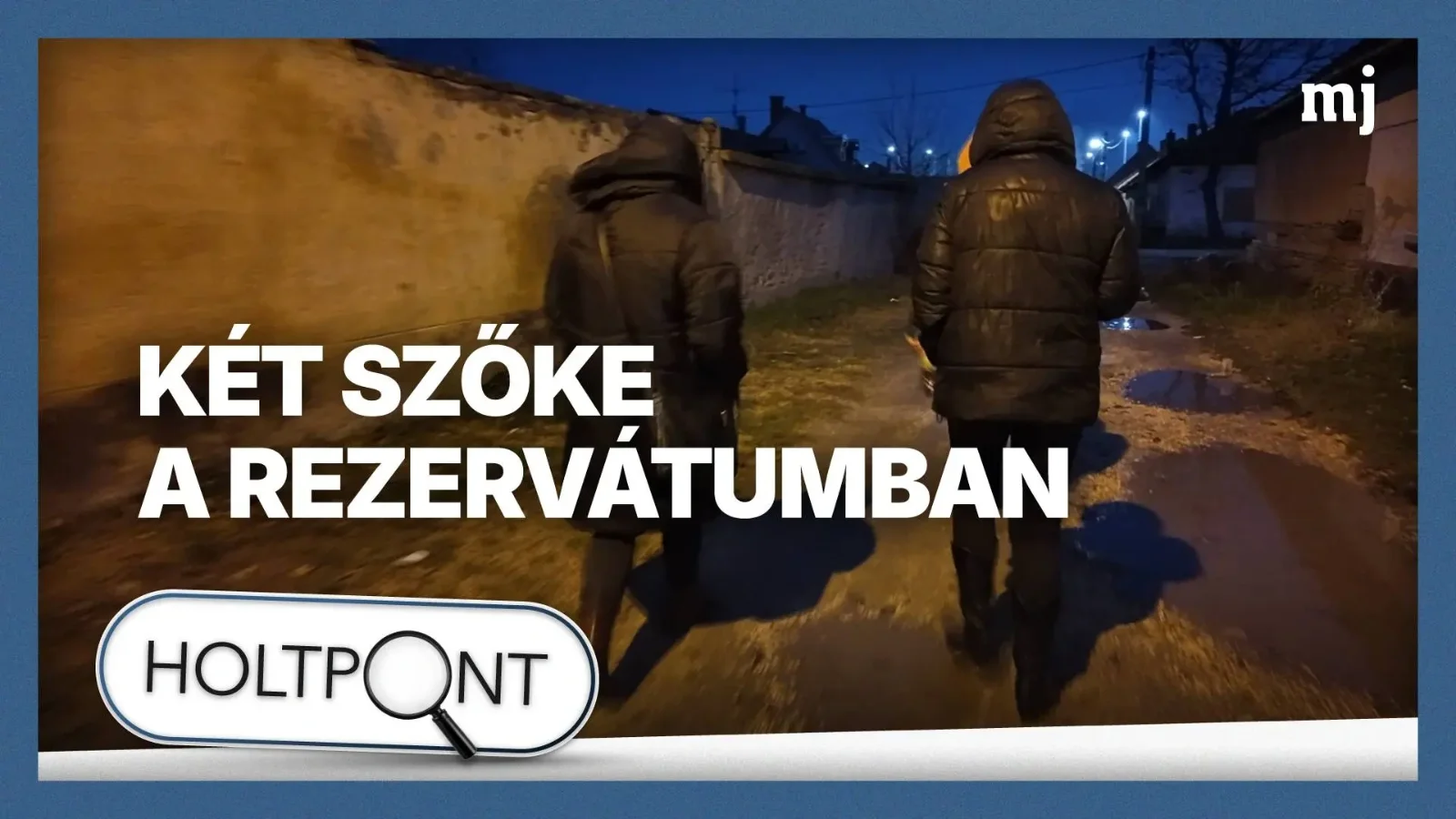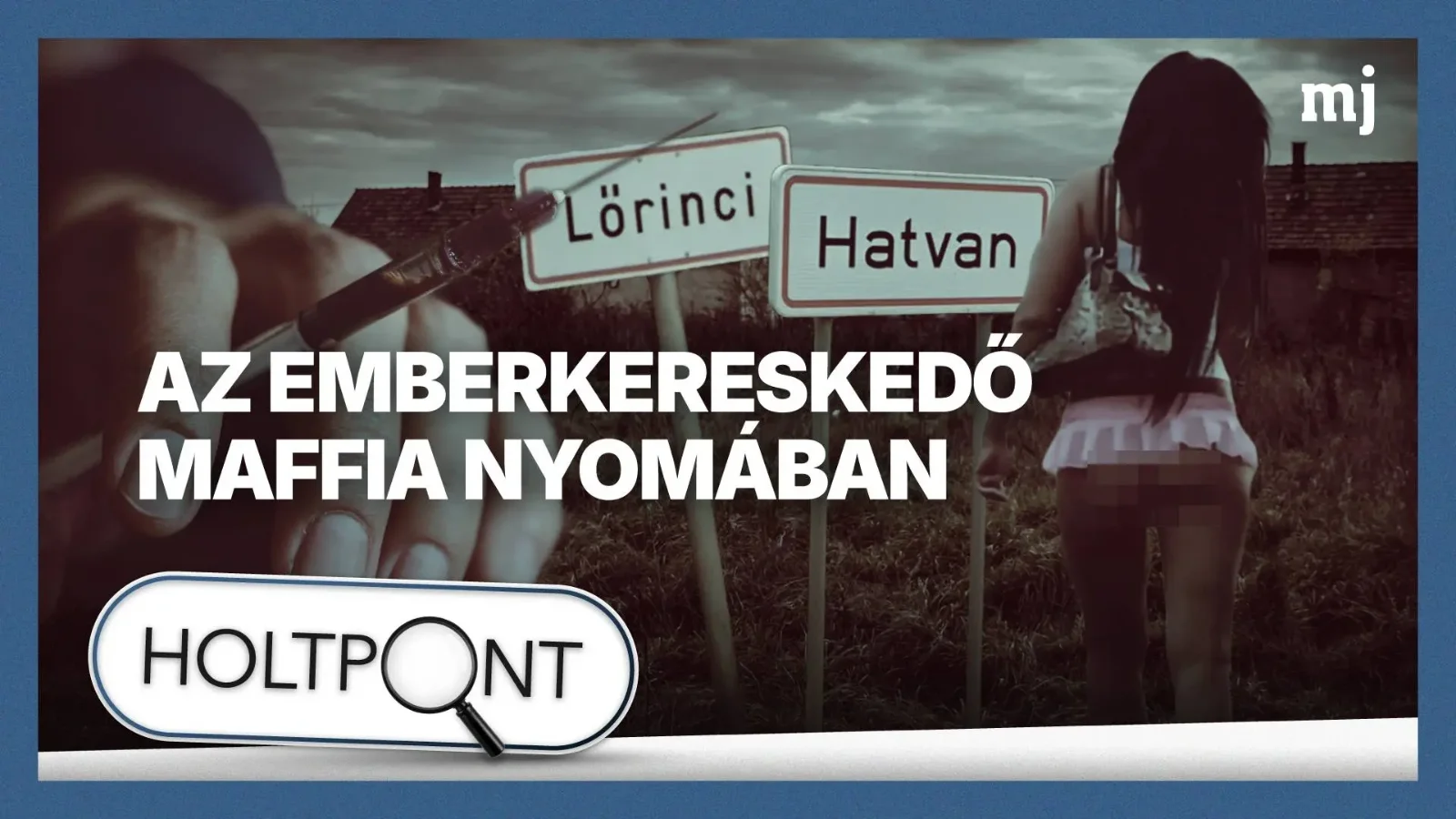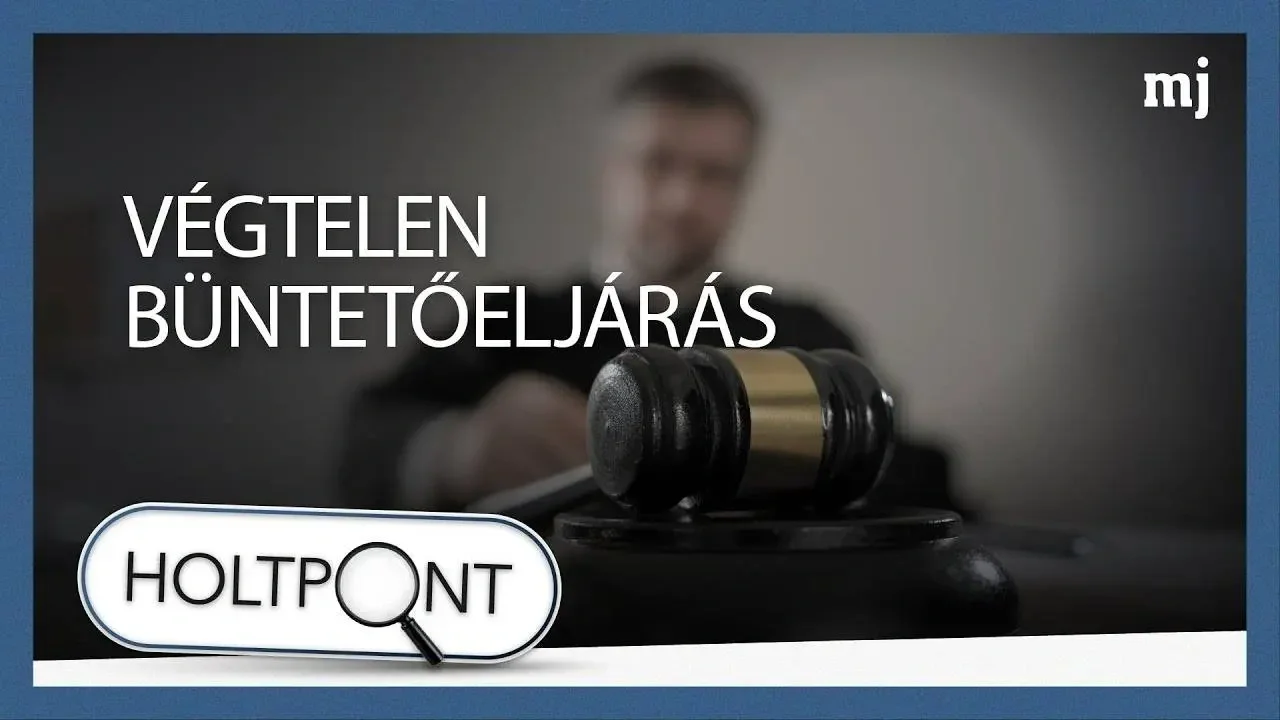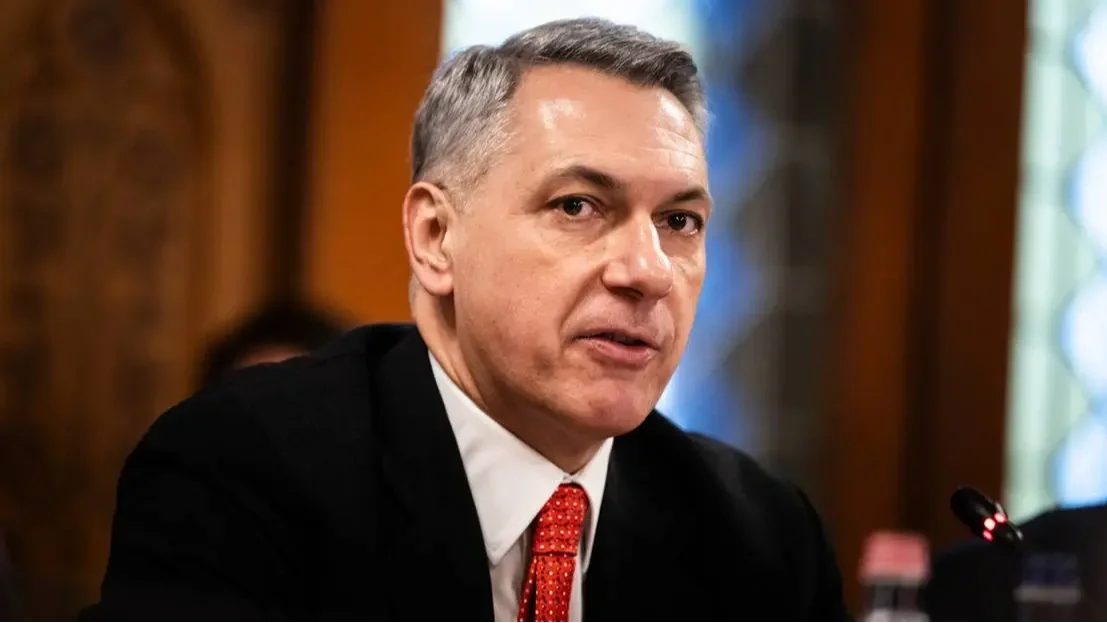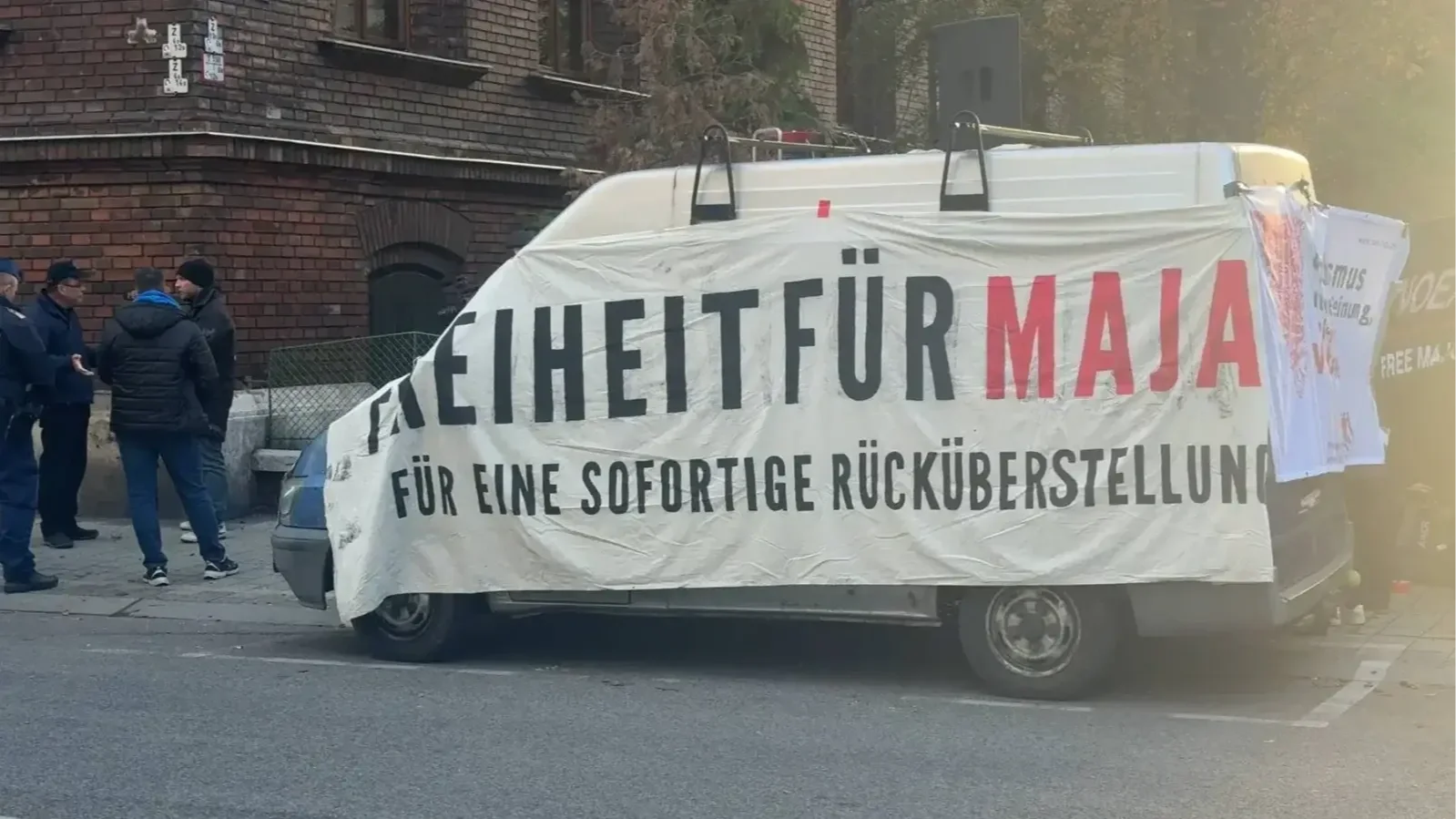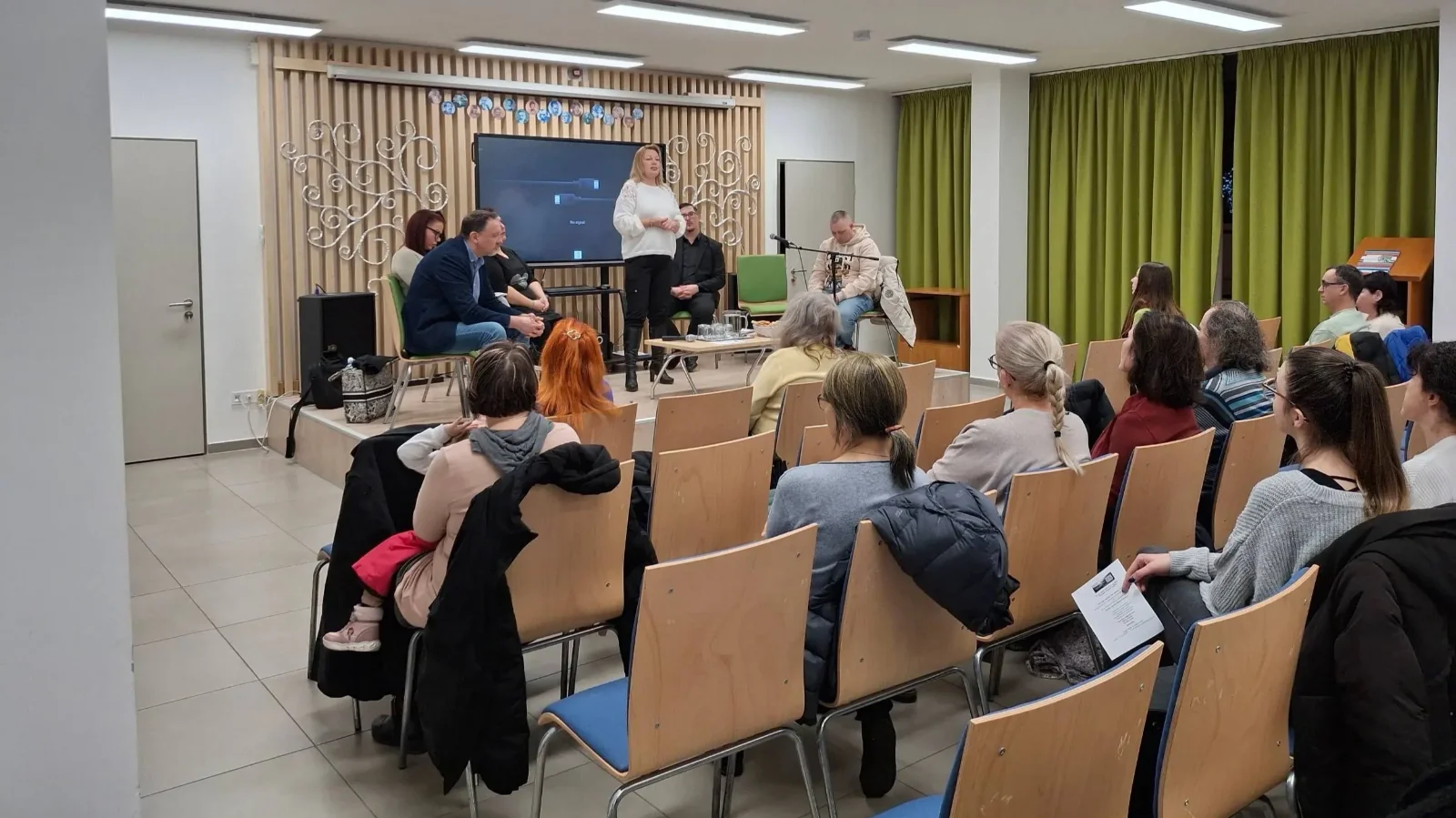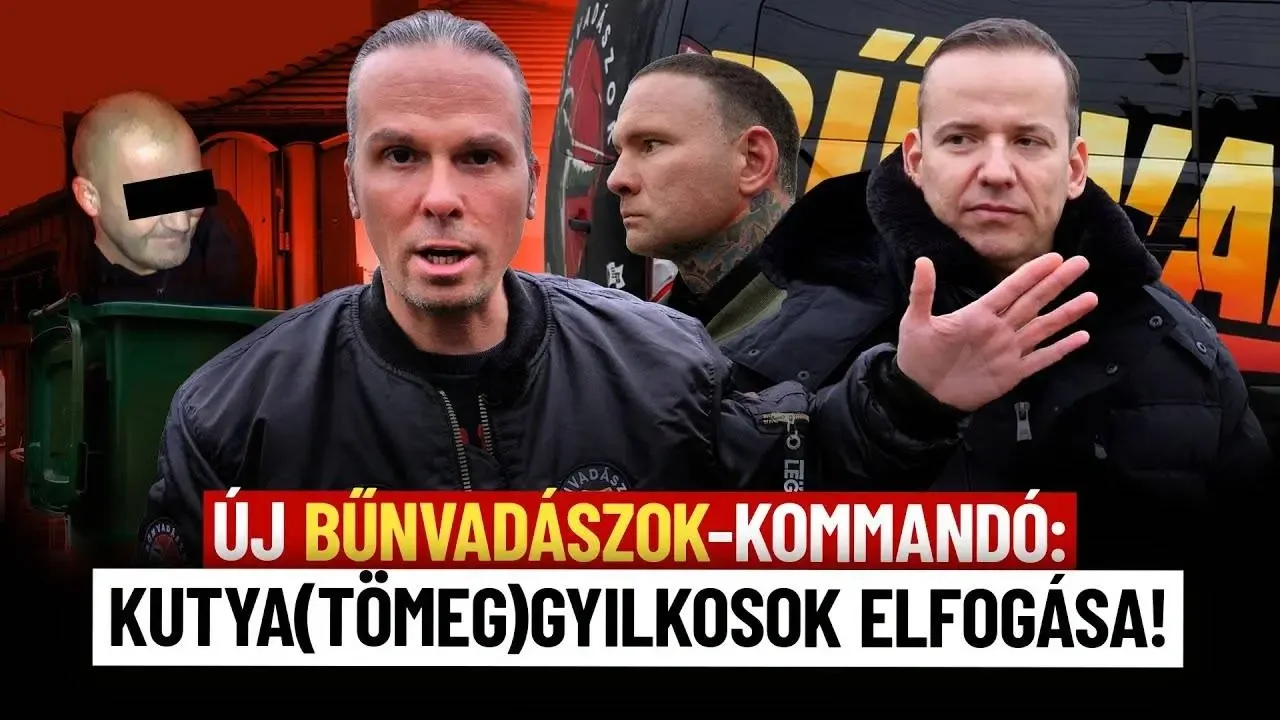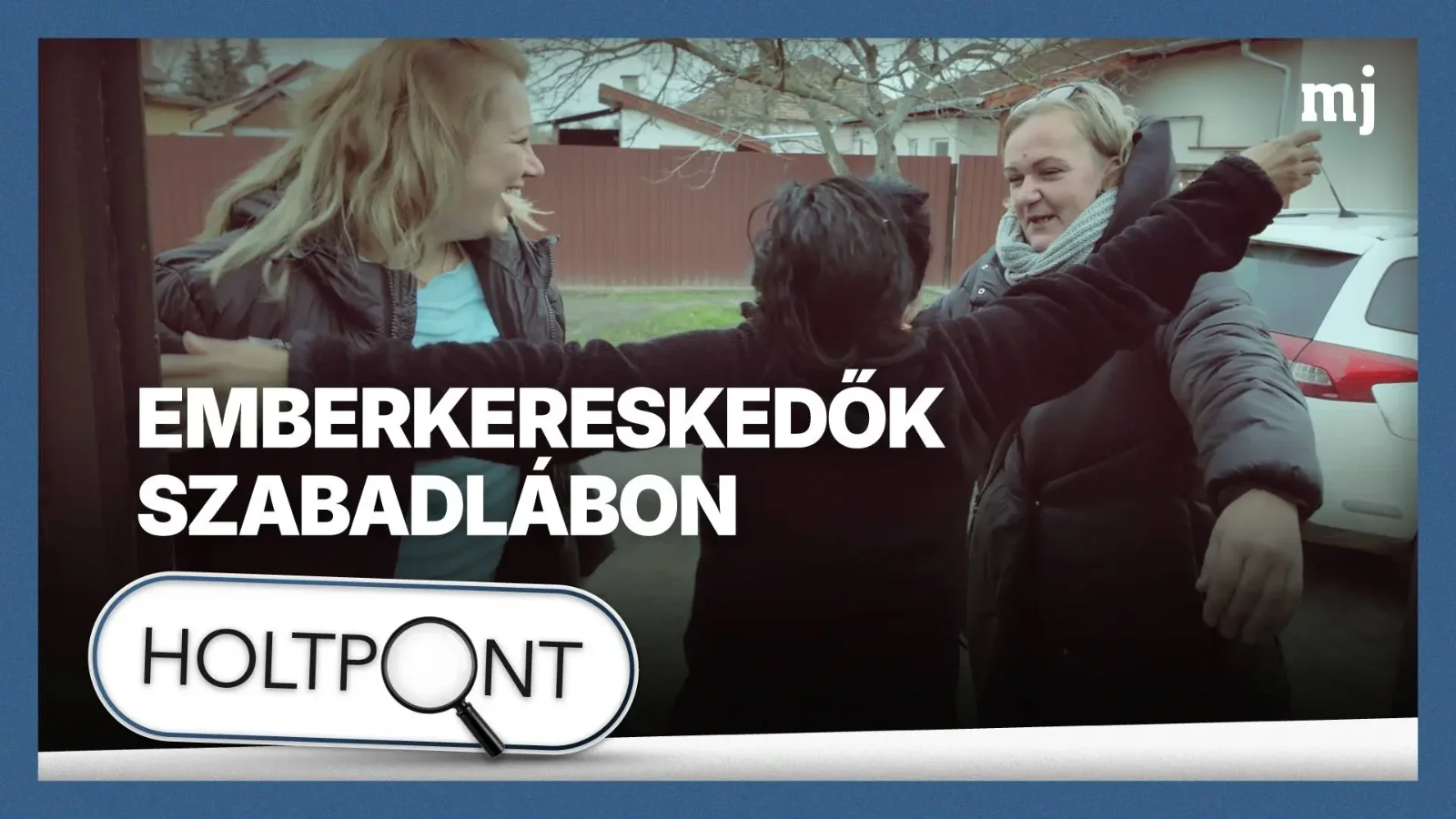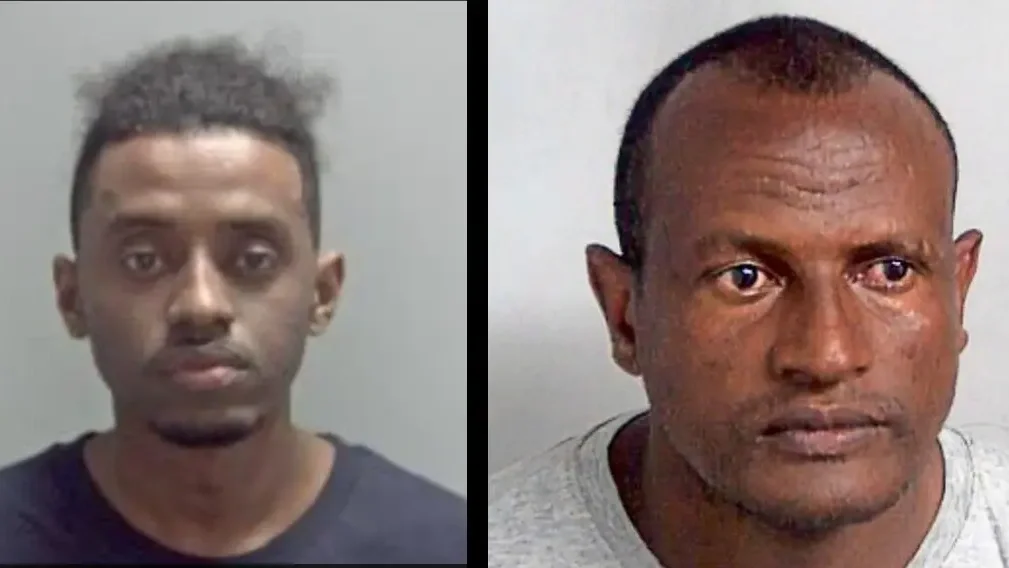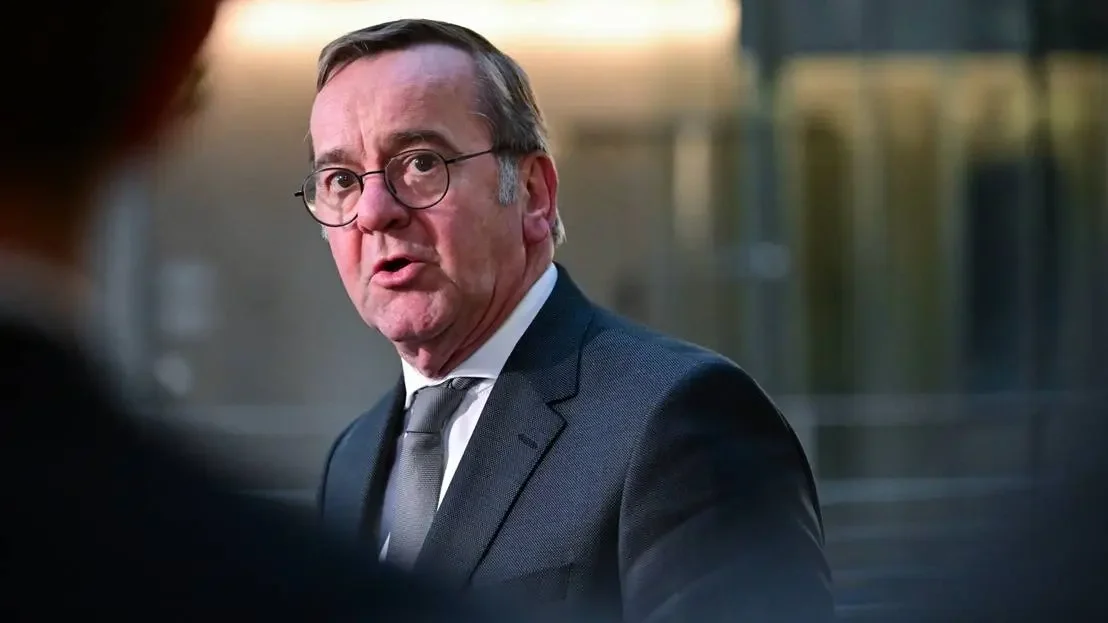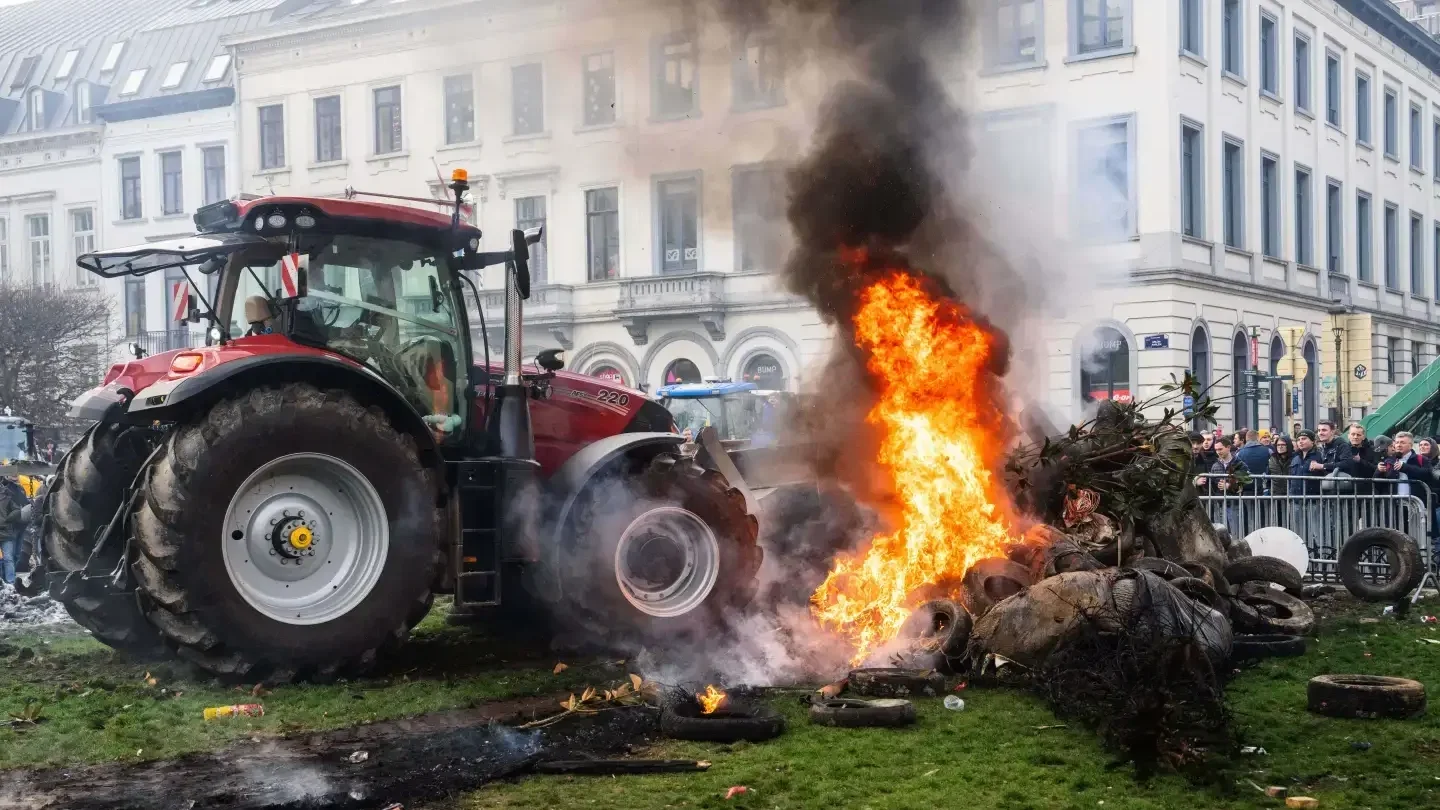"Option B: We Shoot You" - Border Guard's Report on Mafia Traffickers
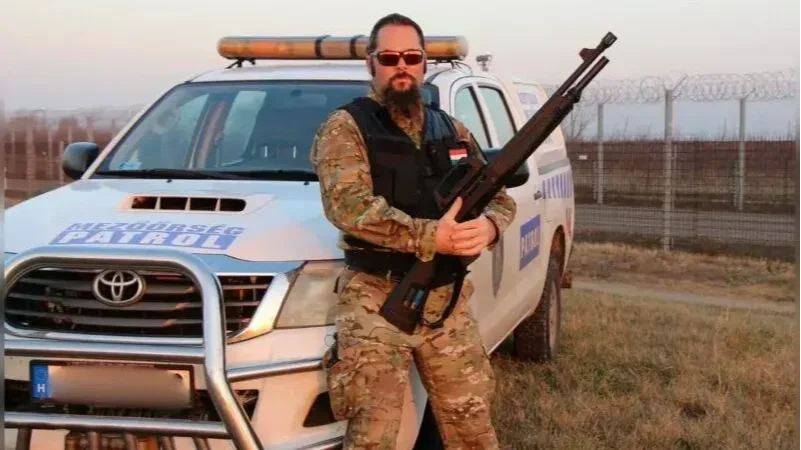 Sándor Nagy has been involved in the fight against human smuggling on the Hungarian–Serbian border for ten years. Photo: Epoch Times
Sándor Nagy has been involved in the fight against human smuggling on the Hungarian–Serbian border for ten years. Photo: Epoch Times
This article is a translation of an interview conducted by Mária S. Szentmagyari for EpochTimes.
For more than ten years, Sándor Nagy has served daily with the Hungarian border guard, protecting the EU's frontier along Serbia's northern border. That's where armed trafficking gangs regularly try to break through the border fence. That's also where illegal migrants climb into trafficker vehicles usually bound for Germany. And it's there that men like Sándor risk their lives every day to stop trafficking gangs from Afghanistan, Morocco, Pakistan, and Syria.
Sándor works as a Mezőőr, a Hungarian term for an armed rural warden employed by local authorities to protect farmland and remote areas. In his case, that means the border region around Ásotthalom, a small, usually quiet village that over the past decade has become a key point along the Balkan migration route.
This interview, as part three of our border report, began on the evening of July 16, directly at the border fence. In the first and second parts of our border report, you can read in detail how the village residents bravely persevered despite the challenges of migration.
From Print Shop Worker to Border Guard
In the early 2010s, Sándor was still working in a print shop near Budapest, in an office, in pleasant and safe surroundings. He never would have dreamed that one day he'd be roaming the woods and fields on Hungary's southern border with a rifle in his hand, searching for human traffickers.
Can you tell us briefly how you ended up here?
My wife and I moved here with six small children. We were looking for a quiet, safe place where we could live quietly and try our hand at farming and self-sufficiency. When we arrived ten years ago, I didn't even know that the job of Mezőőr existed. At first, I spent half a year picking up trash, the waste that migrants had left behind everywhere. That was the only job available at the time. Then the mayor suggested I start as a Mezőőr, working 24-hour shifts every three days.
My wife was horrified. We lived in an isolated farmhouse with no streetlights, and the nearest neighbor was miles away. We already had six children to care for. My wife said: "I'll go crazy here alone at night. Don't you dare go." It wasn't an easy time.

Sándor tells his story at the border fence. Photo: Epoch Times
Right here where we're standing, trafficking gangs break through the double barbed-wire fence with bolt cutters or sometimes even with ladders and trafficking groups of migrants across the border. Such operations are far from safe for the authorities.
Although Sándor, with his sturdy build and steady manner, looks like he stepped out of a Western movie, I dare to ask this father of eight:
Are you never afraid when you're chasing these trafficking gangs? Don't you fear for your family?
The only reason we're still here is that we're not being targeted directly. But I'm sure they know exactly who I am and where I live. I've already spoken with almost every media outlet. [...] Thank God, we rarely encounter violence. Usually, the traffickers shoot at each other on the Serbian side. Recently we found two bodies here. They'd killed each other. Three years ago, we even heard sustained gunfire at home with the children on Christmas.
Incidents like that aren't uncommon in this area. Later, Sándor shows a video he recorded on another occasion in his own yard, where bursts from a machine gun can be clearly heard. The incident made headlines that same day: On the Serbian side of the Hungarian border, trafficking groups engaged in a firefight in a border forest, several people were seriously injured.
Brutality Between Traffickers and Migrants Is Commonplace
What have you experienced?
We often catch migrants whose bodies are mutilated. Sometimes they're missing their hands. One told us he'd been caught stealing, and both his hands were cut off at the wrists. They come from a completely different culture.
When Sándor and his colleagues intercept a group, it's usually the traffickers who flee first to save themselves. However, they often simply leave behind more problematic migrants, like the sick, injured, or those with small children, as the following video also shows.
How do traffickers generally treat migrants?
There have been transports where they crammed 35 to 40 people into the cargo space of a panel van. For the traffickers, they're simply cargo. Today it's not chickens, but people. Again and again, people suffocate in overcrowded vehicles.
I also know of a case where someone really wanted to help. A man who came with a German Mercedes said he had made it to Germany himself and then came back with a rental car to get his family. Who knows if that's true. But it would be possible.
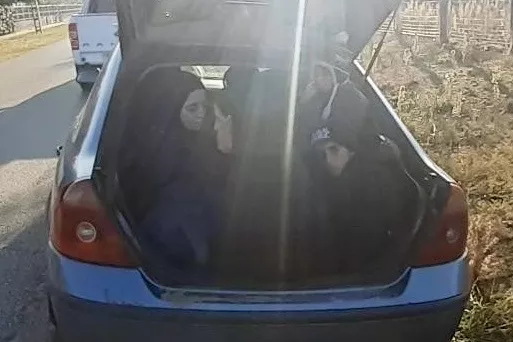
A loaded trafficking vehicle in Ásotthalom, November 7, 2024. Photo: Courtesy of Attila Balog
Typical Trafficker Vehicles Often Come from German Rental Companies
What does a typical trafficker car actually look like, or is there such a thing?
Of course there is! A typical trafficker vehicle is, for example, a tinted Chrysler Voyager or a Ford Galaxy, a classic family van. At first, they mostly used old, rickety delivery vans from Romania or Poland. Those were cheap. If something happened, the loss was small. But at some point, even our children recognized what a trafficker car was at first glance. After that, they started using better cars, for a while many with Hungarian license plates. Later, brand-new, high-performance vehicles. Over the years we've seen everything, even tractors.
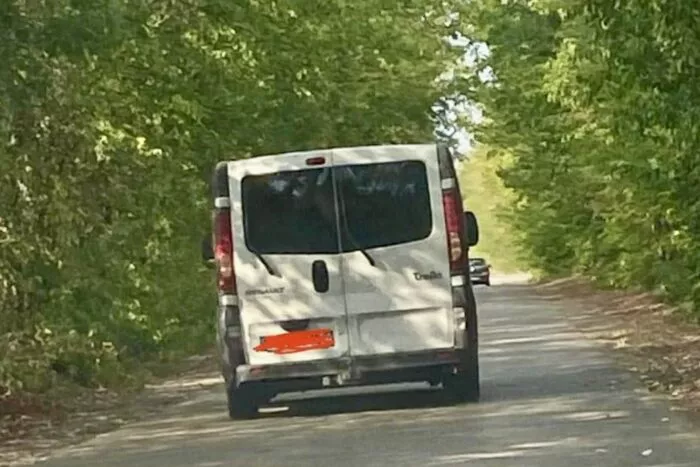
A typical trafficker vehicle. The small van, with French license plates, transported migrants from Ásotthalom, where it was caught in September 2024. Photo: Courtesy of Attila Balog
In the conversation, Sándor mentions that most migrants who cross the border here want to continue on to "Germanistan."
Are these vehicles directly connected to Germany?
Typically, the drivers use rental cars from German companies. These vehicles are later reclaimed by Arab businessmen from Germany. On paper, they're just the owners and claim they're not involved. This is the European Union. You go wherever you want.
What do we actually know about the drivers of these trafficker vehicles? Who are these people? And how exactly are they connected to the gangs?
The drivers are at the very bottom of the trafficker chain. Among them are people of various nationalities: Hungarians, Ukrainians, Romanians, Turks, Arabs. Some of them look like businessmen, with glasses and ties. It even happens that they don't even know exactly what they're actually involved in.
It's very hard to understand how these people are connected to each other. Most only know their direct contact and hardly know anything else. I can't say who works with whom, but I know there's a highly developed and professionally organized criminal network behind it.
Human Traffickers Travel by Taxi and Apparently Have Nothing to Fear
What do we know about these traffickers? How do they live?
We Europeans, with European thinking, can hardly imagine the filthy, disgusting conditions these traffickers live in out in the forest, even though they have enormous amounts of cash. Many do it that way for years, though it's not as widespread today.
According to my contacts in southern Serbia, some migrant traffickers no longer sleep in the forest today. They now take taxis from Belgrade to the border, then lead groups through here.
What happens when they're caught?
The problem is, they have almost nothing to fear. A few years ago, Hungary introduced a procedure where authorities simply deport caught traffickers after an expedited process. In the past, they would have had to sit in prison for years. For Hungarian traffickers, that's still the case today.

In the photo, the local civilian patrol photographed three Arab men at a bus stop in Ásotthalom on October 6, 2024. They were deliberately waiting there to be spotted by the police and sent back to Serbia after successfully guiding a group of migrants across the border fence. “They exploit a legal loophole that allows anyone considered a migrant to be returned to Serbia without further review. This saves them a six-kilometer return trip,” the local civilian patrol stated. Photo: Courtesy of Attila Balog
"The European Legal System Isn't Prepared for This"
So, do these caught foreign human-traffickers get any significant punishment at all?
The Hungarian government argues that it doesn't want to provide for thousands in prisons. The system isn't designed for that. Today the process takes at most two months, then the traffickers are ordered to leave the country within 72 hours. And if they return, they will have to serve a prison sentence. However, I don't know of an example of the latter.
You can sense the frustration in his voice.
How does this legal situation affect you, especially when you risk your life in an operation?
We have to stand by helplessly as these criminal networks flood Europe, powerless. The laws are ineffective, and we have to watch. We're hunting lions with a butterfly net, without serious legal means.
Countless times we've caught them, and they smile at me: "Oh, no problem, next time." That's how they think. The European legal system isn't prepared for this.
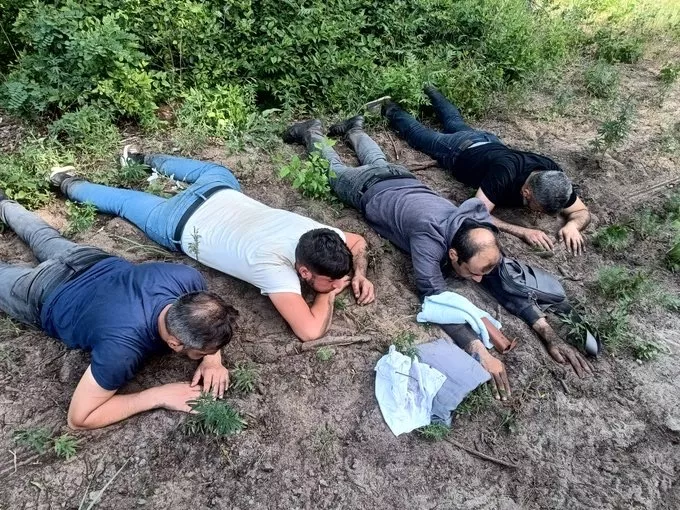
The photo shows Kurdish migrants who were intercepted by Sándor and his colleagues. A Ukrainian trafficker was about to pick them up by car on June 20, 2024. They were sent back to Serbia. Photo: Courtesy of Sándor Nagy
They also often take advantage of medical services. Typically, they claim to have become ill the moment they're arrested. In most cases, after examination, it turns out that the doctors can't find anything. Meanwhile, they enjoy priority treatment ahead of people who are genuinely ill.
Migrants often accuse border guards of theft or violence. Then every case is thoroughly investigated, and even the police officers have to undergo extensive internal reviews. In ninety-nine percent of cases, the accusations are completely unfounded. At the same time, a single migrant occupies the entire police force through such accusations, while others take advantage of the opportunity and move on.
Who's at the Top of the Trafficking Mafia?
Who actually controls this entire criminal network? What's officially known about it?
The top of the network, the really big criminals, we of course never see. We've already talked about the drivers of the trafficker vehicles. Then there are so-called observers, members of the gangs who you sometimes see here. They take no real risk, since technically they aren't breaking any laws. They only pass information to the drivers.
What we know: there are different rival groups, competing organizations. And they now advertise their services quite openly, for example on TikTok. Among the Afghans, the so-called Groups 313 and 400-59 are particularly notorious.
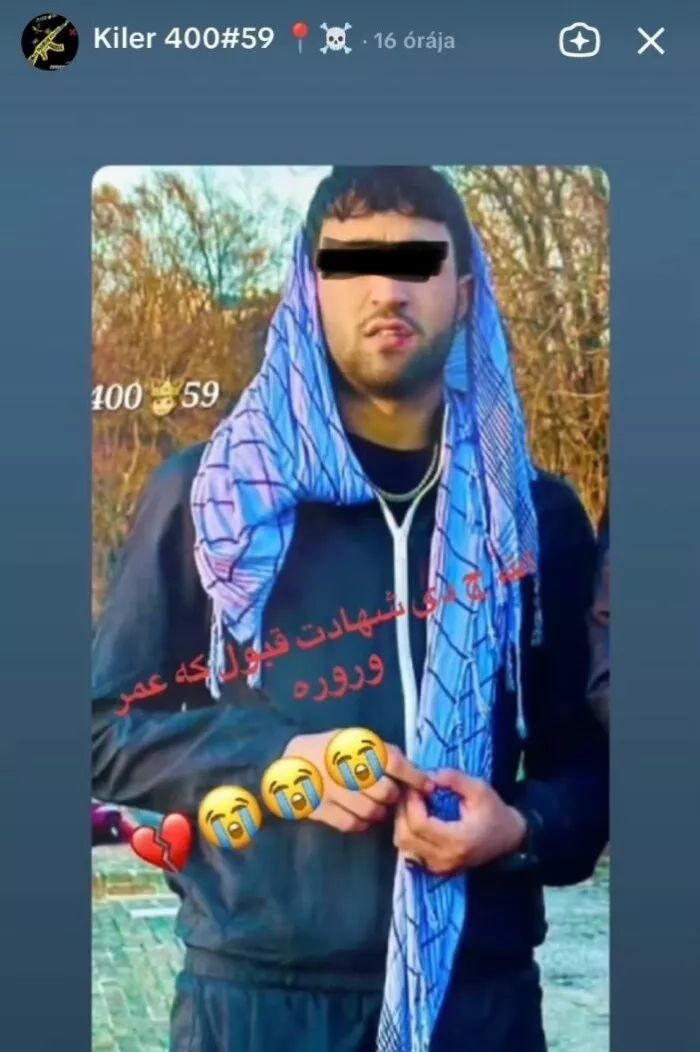
The screenshot was provided by Sándor. It shows a member of the Afghan 400-59 gang in a public video, with the gang number also displayed. The man was killed on the Serbian side of the border during a gang conflict. Photo: Courtesy of Sándor Nagy
What higher interests—possibly even political ones—lie behind these mafia structures, I have no official information on that. But it is striking how they get access to huge amounts of cash, bundles of freshly printed euro bills that are absolutely unimaginable for a normal citizen. I've seen a video where traffickers open a bag. It was full of pristine, factory-new banknotes.
Bribery and Extortion
Have you ever been offered a bribe?
Yes. It happened right in the forest, not far from my house. The guy was waving euro bills around. It wasn't a huge sum, just a few thousand euros. There were about fifteen migrants.
Sándor vividly describes how he responded. We'll leave the exact wording to the readers' imagination at this point.
But fear is often the determining element. Imagine this: You live just south of the Hungarian border. Suddenly three large BMWs stop in front of your house, eight men get out. They say:
"Let's talk." Then they explain: There's Option A and Option B.
Option A: You have that little outbuilding back there that you hardly use anyway. The important thing is that you don't go to the back. Sometimes a few people sleep there, no problem. They rest, leave the next morning. Nothing happens to you, and you get a small sum of money every month.
Or Option B: We shoot you. Because this is Serbia, and that's how things work here.
What's the poor guy supposed to say? He thinks: I'm poor anyway, that doesn't bother me, all good. They put the money on the table, and that's that. Thanks, goodbye.
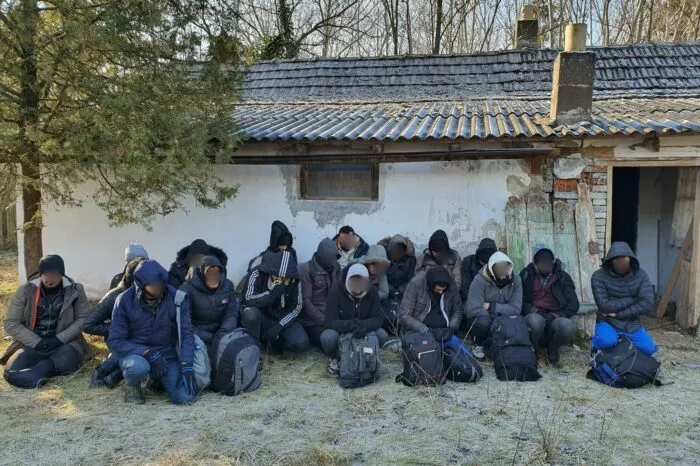
Migrants are often housed by human traffickers in abandoned or unused buildings. This photo was taken in 2022 during an operation by Sándor. Photo: Courtesy of Sándor Nagy
Sándor speaks of organized crime using classic mafia methods. Such cases have also occurred on the Hungarian side, though Sándor is not allowed to provide details.
Chase Scenes Like in the Movies, But Real
Are there also accidents or serious incidents?
Multiple times, traffickers collide with other vehicles or intentionally force border guards off the road. But there are also completely extreme cases. Once we had roughly figured out where a migrant group was located. We saw a tinted family vehicle turn onto a road to pick them up. The vehicle kept going until it stopped and the migrants began running to the car.
We ran over and shouted "Stop, stop." The migrants scattered into the forest. The driver drove into a thorn bush, causing all four tires to go flat. To our surprise, she drove off anyway, on the main road toward Szeged, picking up the migrants along the way. Practically driving toward Germany on four flat tires. The police were later able to recognize the car by the sparkling, damaged tires.
Once the trafficker fled with the door open at full speed. The door hit a police officer's arm. The driver was obviously on drugs. And once a speeding car caused a fatal accident. [...] A woman died, two adults and three children were seriously injured!
The trafficker was able to escape. Since several trafficker vehicles were traveling in a convoy, he jumped into one of the other vehicles after the accident. The trafficker's legs were still sticking out of the car when they drove off with the door open. They abandoned the injured. The woman died immediately at the accident scene; it was a very serious accident.
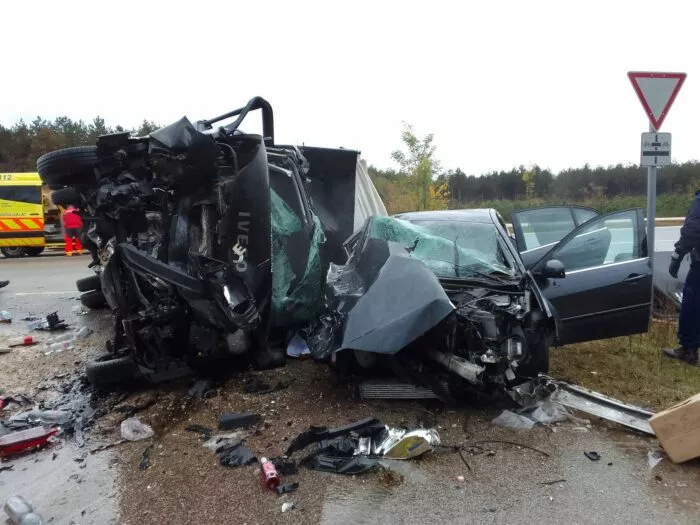
The photo was taken by Sándor in October 2023 after an accident caused by migrants. Additional photos can be found in his social media post. Photo: Courtesy of Sándor Nagy
How and when can this end? What do you think about it?
The question is whether there's even real political will. The conditions in France and Germany influence a lot. Most migrants want to go to Germany. I'm amazed, shocked, and deeply saddened that German society is somehow asleep. Because economically, culturally, and demographically, it's under serious threat.
Hungary also faces disaster because of the route used to move huge numbers of people illegally. This flood leaves behind incredible bitterness, anger, and fear.
Here the interview ends. Sándor receives another call: a new migrant group has been discovered. This time, Chinese, Palestinians, and Kurds came over the fence. The human traffickers had slipped away.
Az X- és Telegram-csatornáinkra feliratkozva egyetlen hírről sem maradsz le!Mi a munkánkkal háláljuk meg a megtisztelő figyelmüket és támogatásukat. A Magyarjelen.hu (Magyar Jelen) sem a kormánytól, sem a balliberális, nyíltan globalista ellenzéktől nem függ, ezért mindkét oldalról őszintén tud írni, hírt közölni, oknyomozni, igazságot feltárni.
Támogatás
